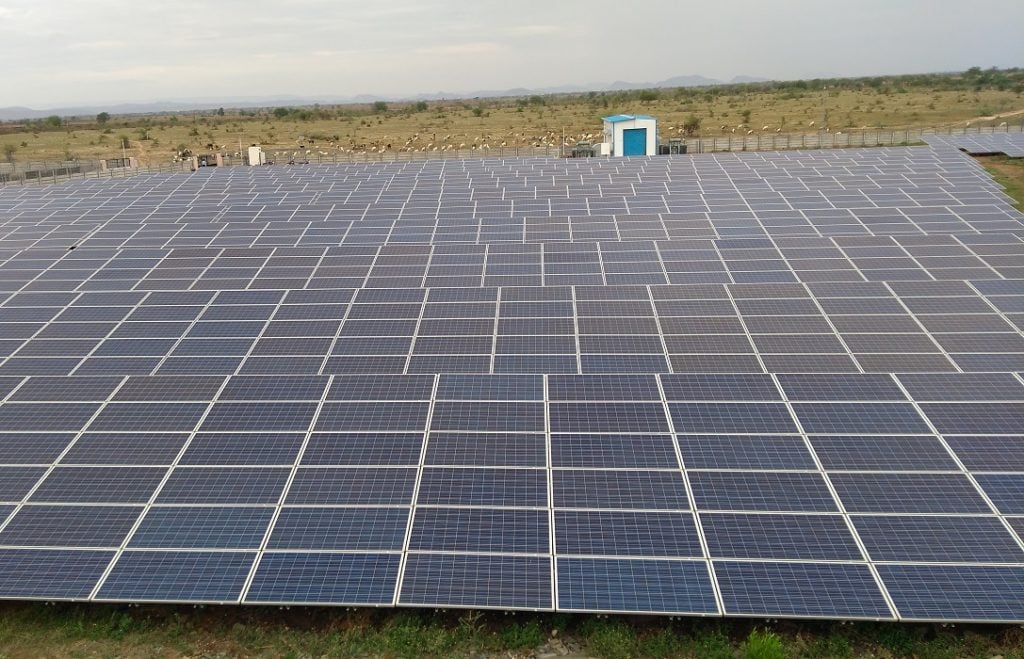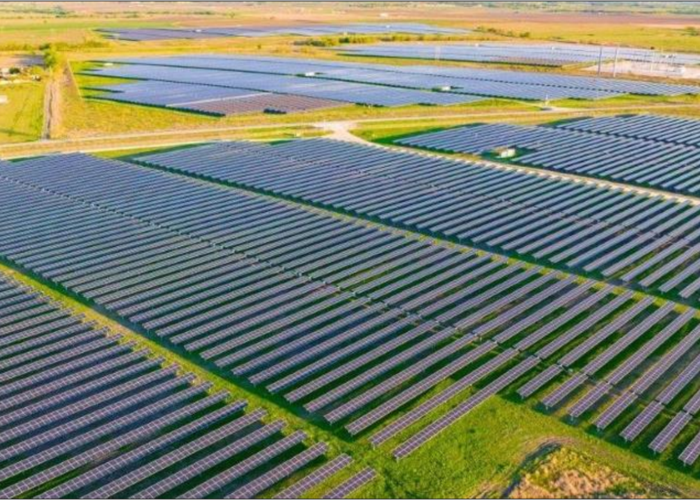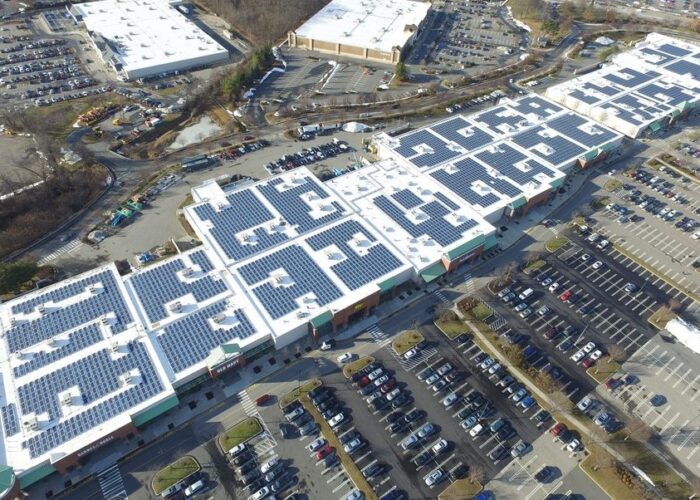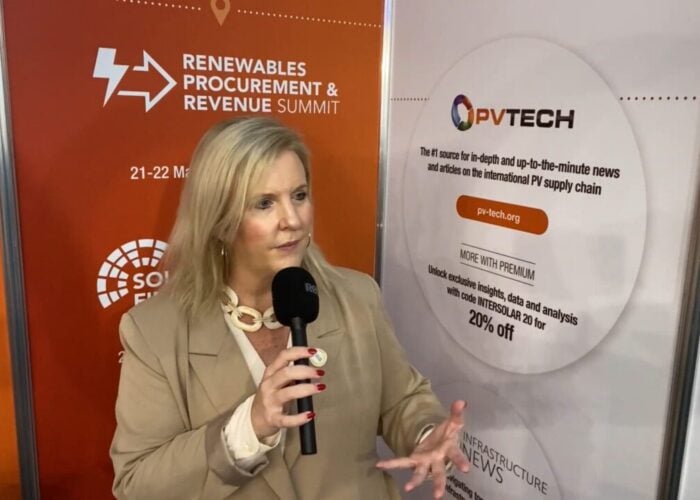
Imports of solar modules in India decreased by 64% in Q3 2022 compared with the prior quarter whilst cell imports increased by the same amount, according to consultancy JMK Research. The decrease is due to the introduction of a 40% basic customs duty (BCD) on imported solar modules.
The BCD came into effect in April this year, imposing a 40% duty on module imports and 25% on solar cells in efforts to encourage domestic manufacturing and reduce dependence on imports.
Try Premium for just $1
- Full premium access for the first month at only $1
- Converts to an annual rate after 30 days unless cancelled
- Cancel anytime during the trial period
Premium Benefits
- Expert industry analysis and interviews
- Digital access to PV Tech Power journal
- Exclusive event discounts
Or get the full Premium subscription right away
Or continue reading this article for free
In tandem with the BCD, the Indian government announced a new round of its Production Linked Incentive (PLI) scheme to develop its homegrown PV production. The second tranche of the PLI aimed to develop 65GW of manufacturing capacity with financial incentives.
In February, following the government’s budget announcement regarding domestic PV manufacturing, PV Tech Premium spoke to experts in India who said that the BCD would have a more drastic impact in expanding India’s manufacturing capacity than the PLI would.
There has been a flurry of PV manufacturing news in India in the second half of 2022. In October, Mondragon Assembly announced that it would build an automated PV manufacturing facility in the country, capable of producing 2,000 modules a day. The same month, Waaree Energies successfully raised US$120 million to expand its PV module production to 9GW.
Waaree is one of the companies included in the Indian government’s ‘Approved List of Models and Manufacturers’ (ALMM), which was designed to benchmark domestically manufactured solar products and encourage the Indian manufacturing market. The ALMM recently surpassed 18GW in capacity.
The research from JMK also said that quarterly exports increased compared with the previous quarter’s figures – cell and module exports increased by 57% and 524%, respectively.
Overall, utility-scale solar has been the dominant addition to India’s energy capacity. Mercom Capital Group said this week that solar installations in India were up 35% in the first three quarters of the year, despite the continually increasing cost of solar projects.
JMK found that 2.8GW of utility-scale and 400MW of rooftop solar were added in the three months from July to September.
Rooftop solar saw a year-on-year drop off of 34% compared with January-September of 2021, with around 1.3GW of new capacity added. An October analysis by JMK said that the rooftop sector would see a 60% capacity growth by the end of the 2023 fiscal year.
JMK forecasts that India will add 13.6GW of solar this year, the vast majority of which will be through utility-scale projects.
As of September 2022, India’s total solar capacity sits at over 60GW, with a 58GW capacity utility-scale pipeline, according to Mercom Capital Group.






